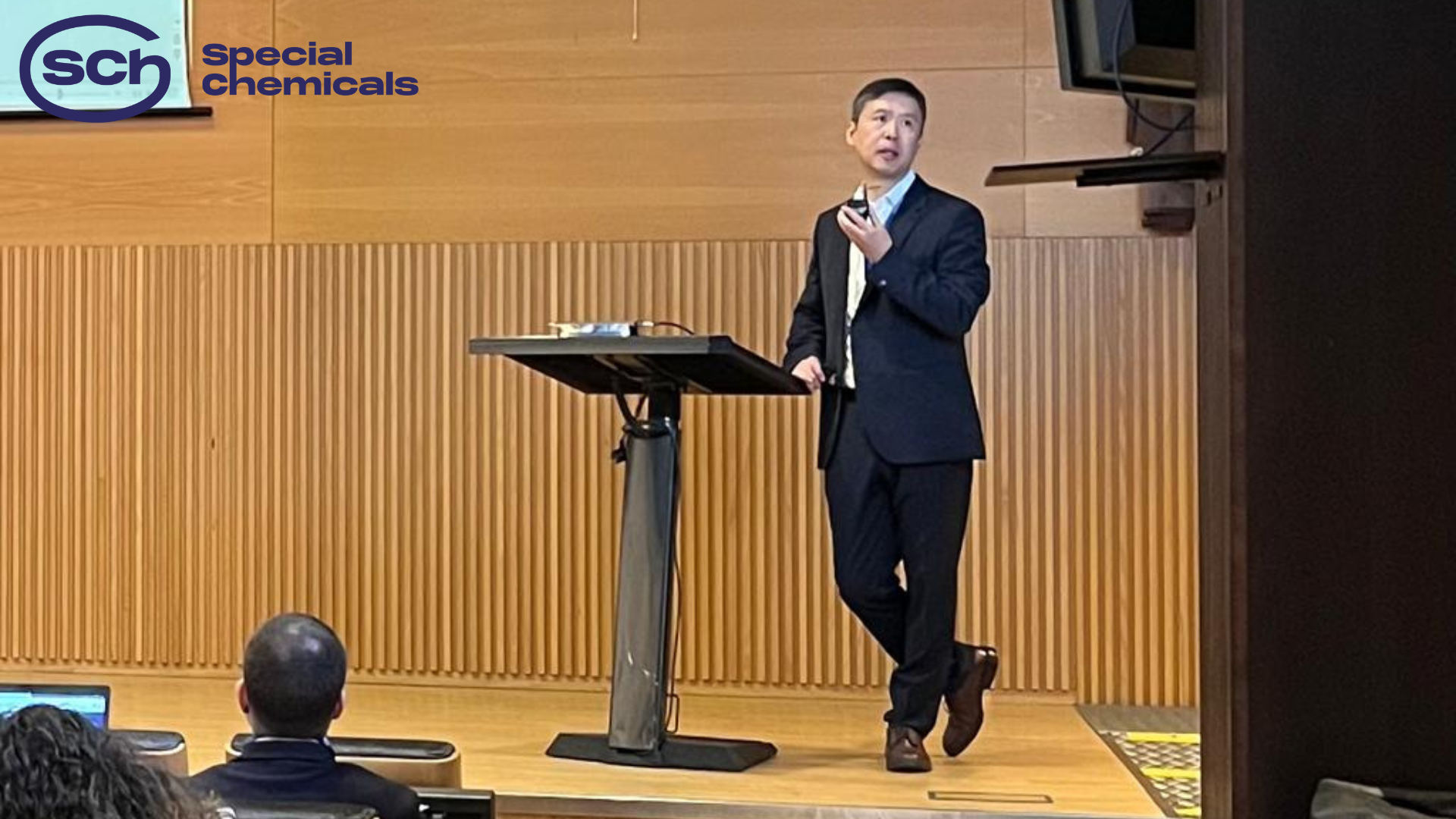Chao Zheng, the Vice President of Hair Colouring Research at Lowenstein and one of the speakers who were part of the programme of the Hair Day organised by the Spanish Society of Cosmetic Chemists has talked to Next in Beauty, thanks to Special Chemicals, about the latest developments in hair colouring.
- What are the essential ingredients in the composition of an oxidative hair dye?
The essential components of an oxidative hair dye are: colour intermediates, antioxidants, surfactants, alkalis, thickeners or foam boosters, metal chelating agents, solvents and developer A.
- How do these ingredients interact with each other to achieve the oxidation process?
The base components help the dye intermediates to diffuse through the cuticles and react with the oxidant to form colours within the cortex.
- Which roles exert the alcaline agents in the formulation of dyes oxidants?
They open the cuticles to facilitate the diffusion of the intermediaries of the colorante.
- What roles do alkaline agents play in the formulation of oxidative dyes?
The following stability tests must be performed on formulations during the R&D phase: shampoo test, acid perspiration test (simulates discolouration caused by perspiration) and fading test (simulates discolouration by light).
- Are there recent technological developments in the formulation of oxidative hair dyes and how do they impact on the efficacy and safety of the product?
On the one hand we find the introduction of intermediate dyes with a better safety profile, and on the other hand, bases that provide a better consumer experience (e.g. foam for ease of application, surfactants to mask ammonia odour, better conditioning).
- What are the most promising areas of research and development in the field of oxidative hair dyes today?
Work is currently underway on safer alternatives to p-phenylenediamine (PPD), Resorcinol (RS) and on a gentle application of alkaliniser and research into less aggressive developers.
- What are the latest approaches to minimise hair damage caused by the oxidative process?
New conditioning agents protect the hair during and after colour application.
- How does sustainability concerns affect the development of new oxidative hair dyes?
We are facing a scenario where we are opting for ingredients of natural origin, such as soy, coconut and olive, which are now more widely accepted in the market.
- What are the most relevant regulatory challenges in the oxidative hair dye industry and how do they affect the new product development process?
Global regulatory compliance affects the palette of colourants that formulators can choose from.
The EU, Japan, Korea and China have different colourant lists that pose challenges for formulators in developing compliant formulations.

